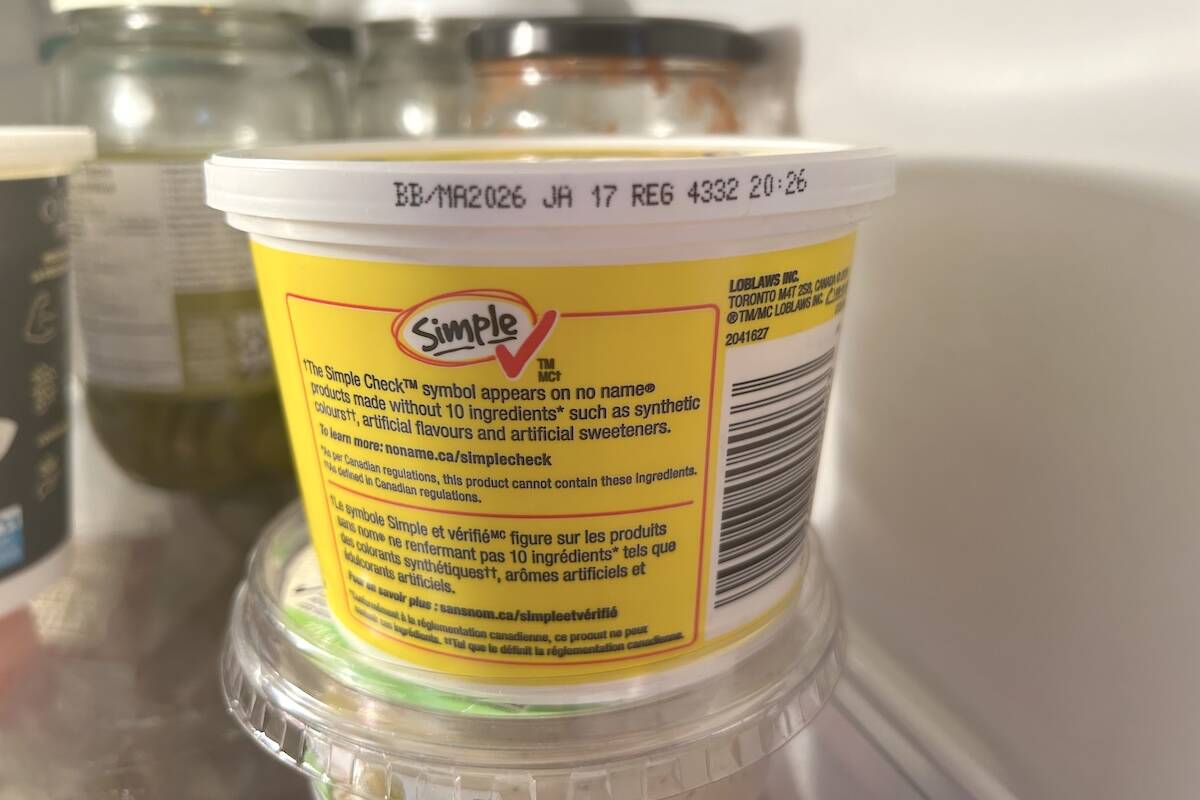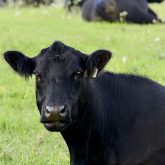Feeder associations can now trace their livestock via RFID tags thanks to a pilot project conducted by the Picture Butte Feeder Co-operative.
Provincial regulations were recently amended so radio frequency identification tags are now an approved method of identifying cattle in addition to branding. The change comes in the wake of a successful pilot project that concluded at the end of June.
“When I started with the co-op and in our own operation (Schooten and Sons) where we feed quite a few cattle, the only cattle we were mandated to brand were the feeder association cattle,” said Shane Schooten, chairman of the Picture Butte Feeder Co-operative (PBFC).
Read Also

Best before doesn’t mean bad after
Best before dates are not expiry dates, and the confusion often leads to plenty of food waste.
“In our own operation, where we promote employee safety, animal welfare and cattle comfort, using RFID as the identifier moved us closer to those goals.”
Schooten and the PBFC approached Alberta Agriculture and Forestry about conducting a pilot project to look at other options to identify feeder association cattle.
“We needed another option without having to physically brand these cattle and yet maintain the integrity of the government’s Feeder Association Loan Guarantee Program and to keep the PBFC’s investment secure,” Schooten said.
All cattle are required by law to have a Canadian Cattle Identification Agency approved button tag, which is a low frequency RFID tag.
For the first trial of the project, approximately 5,000 head were tracked by both brand and RFID tag, with the brand used as a control or backstop. PBFC supervisor Broek Murray verified the tag information collected by the feedyard on the animal’s arrival at their facility. That verified information was then submitted to the office by Murray. From there, PBFC administrator Dick Haney’s team drafted the loan documentation using the tag numbers as security.
The team conducted a couple more trials after the first one was complete. Schooten said that they had a slippage rate on tag read of less than one per cent and overall, the verification process was pretty seamless.
“Data collection at the feedlot is happening already,” said Schooten. “Every feedlot over 1,000 head is supposed to be reporting their RFID tags. We figured most feedlots should have the technology and capability to collect these tags already, so we weren’t going to create an issue for them.”
“The RFID tag numbers are what we use as collateral to secure our loans,” added Haney. “We had to satisfy both ourselves and the ministry with this project that we had a system that we were quite confident was reliable and sustainable.”
There has been a major uptake by the co-op’s membership due to the pilot project, with approximately 35 to 40 per cent of the cattle being traced using RFID tags instead of branding.
The regulatory change will benefit feeder associations, said Schooten.
“If branding is no longer a requirement to be part of a feeder co-op, feeder associations will gain business and new clients. In my opinion, it makes record-keeping a little easier. We’re moving with the times. We’re using technology versus physical attributes.”
Schooten said he considers both branding and RFID as legitimate identification tools, but he wants other options for producers who are trying to enhance their safety protocols in their operations and humane management of their cattle.
“One of the things we all have to be cognisant of is that the end-user of our product is the consumer,” added Haney. “The consumer is very mindful these days about animal and employee welfare, so the use of RFID as the identifier of cattle is a tremendous opportunity for feeder associations and the ministry to react and respond to some of those concerns.”














